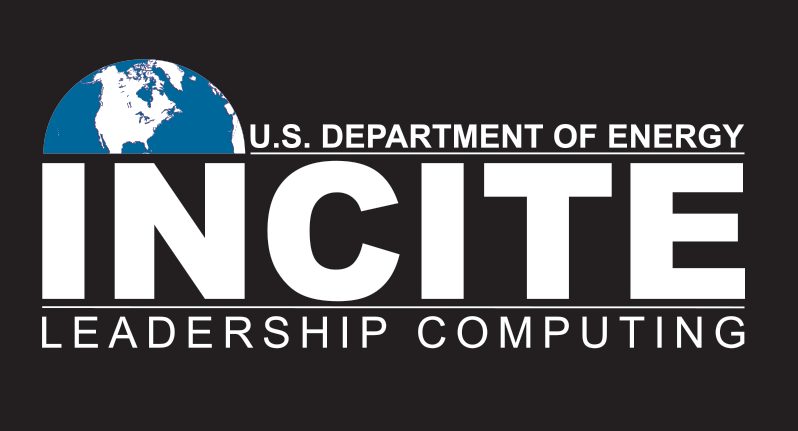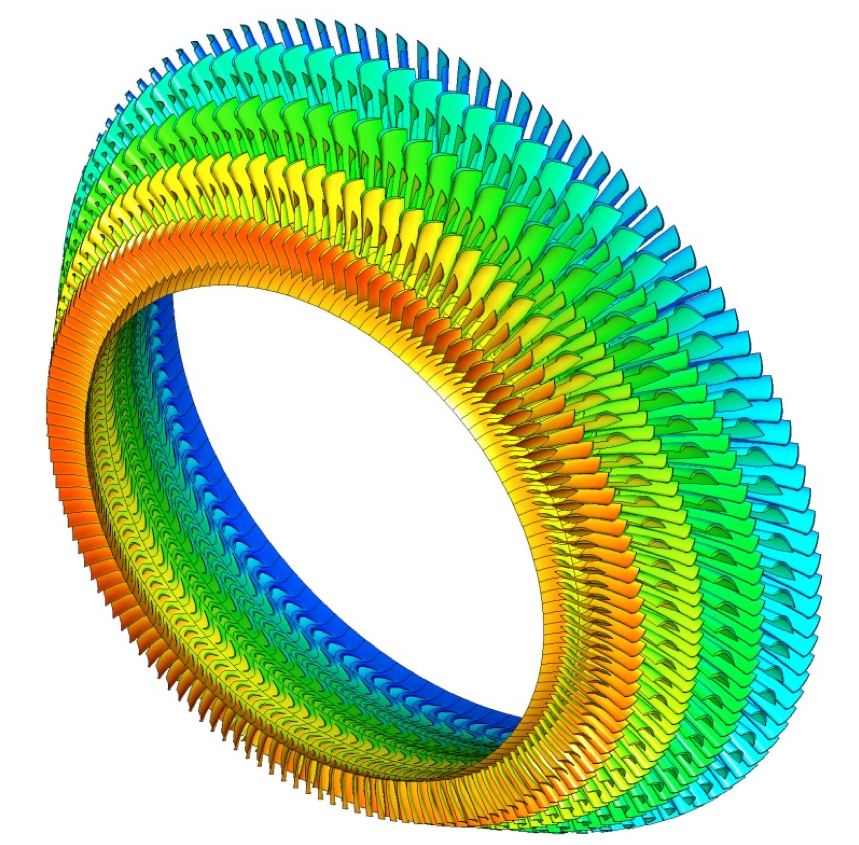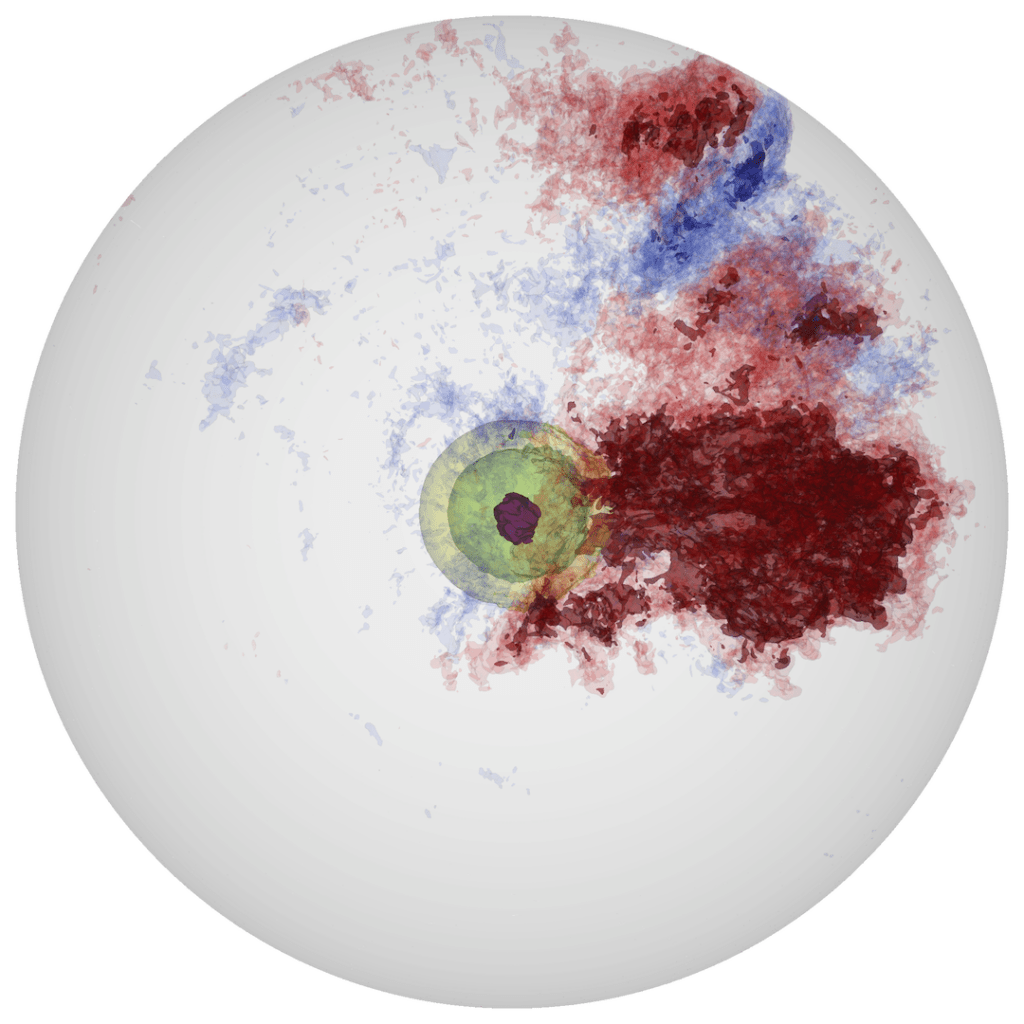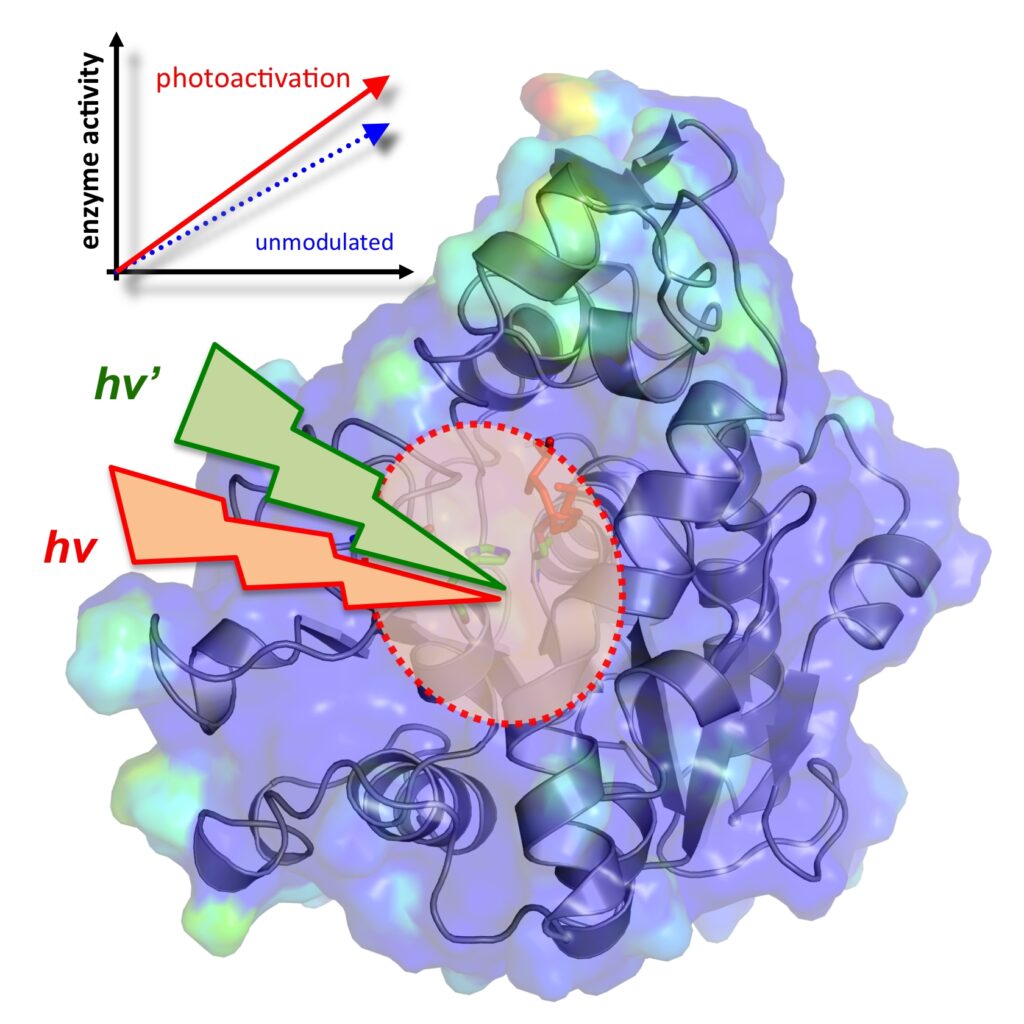
National Center for Computational Sciences Director of Science Jack Wells co-organized a focus session called “Computational Physics at the Petascale and Beyond” at the APS March Meeting 2017 to bring high-performance computing topics to the largest gathering of physicists in the world. For staff at the Oak Ridge Leadership Computing…
Rachel McDowellMay 9, 2017










